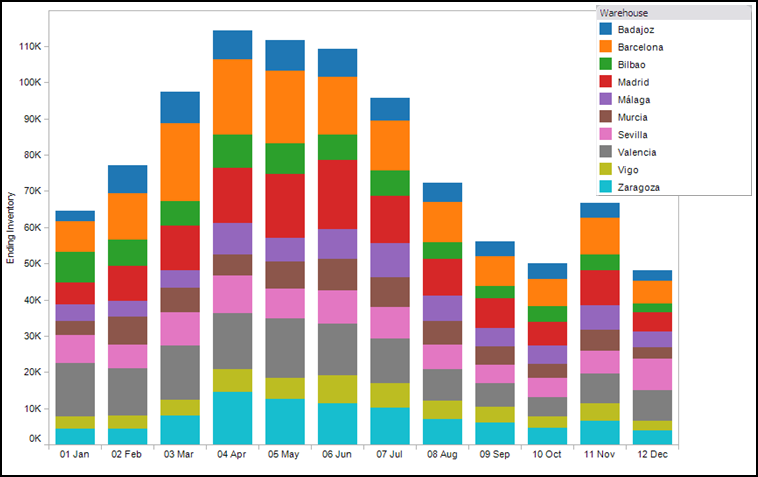Earlier this week, I published an article on cost-to-serve on SupplyChainDigest.
Network design plays a nice role in cost-to-serve modeling:
Network design modeling software can complete the analysis by allocating those cost that simply cannot be allocated with Excel. For example, it is not trivial to allocate your inbound transportation costs or costs of raw materials to your customers. When using your network modeling software for this, you may want to model every customer and every product, but limit the amount of optimization (you don’t want to consider opening and closing facilities with this use of the tool.). Then, when you run, the tool returns details on the cost to get each product to each customer. In effect, this tool allocates all your transportation costs, your production costs, and your warehousing costs to a customer and product combination. You get all this information as part of a standard network optimization run—it requires no special features.
This is another good reason to have the capability to run a network modeling tool.
